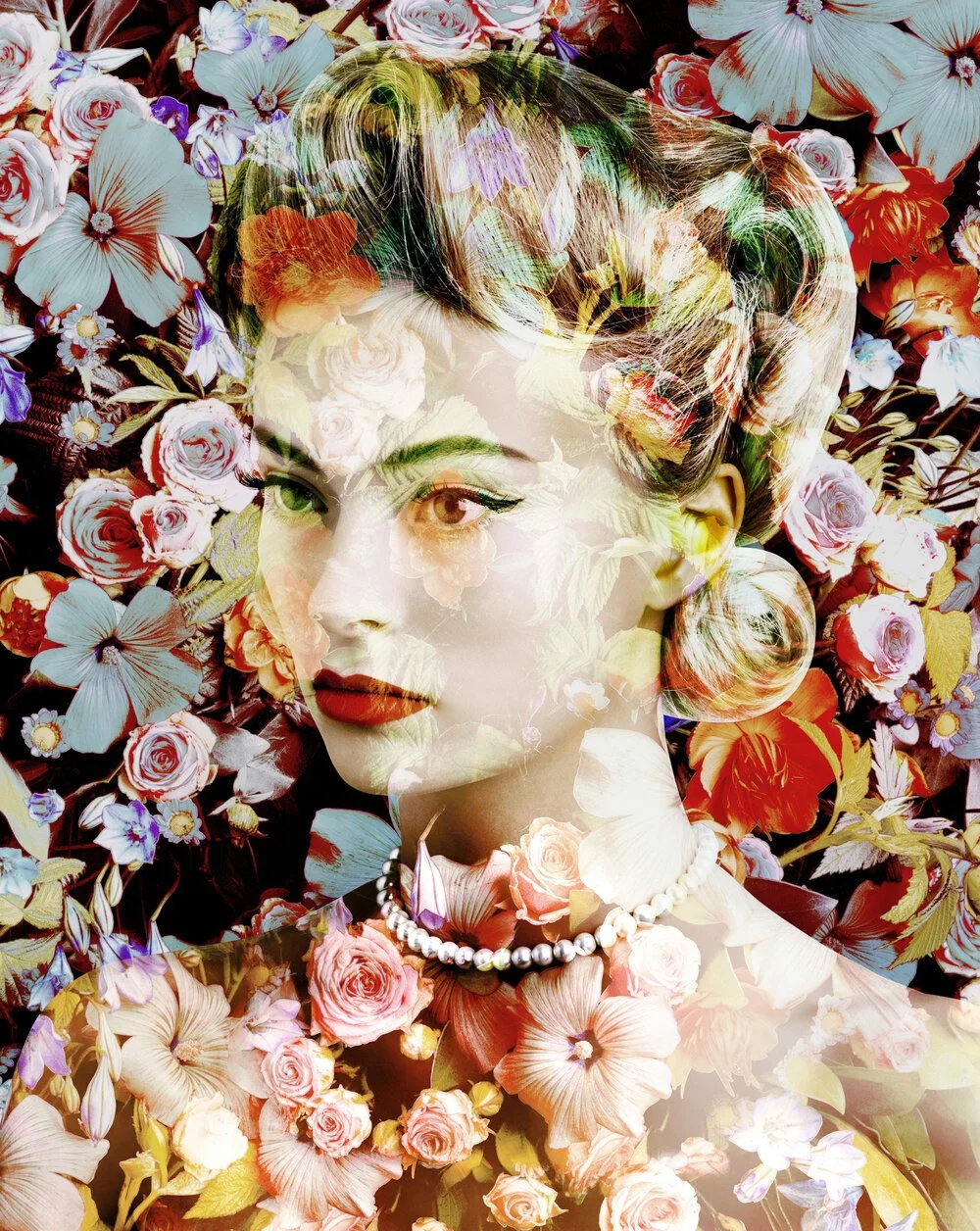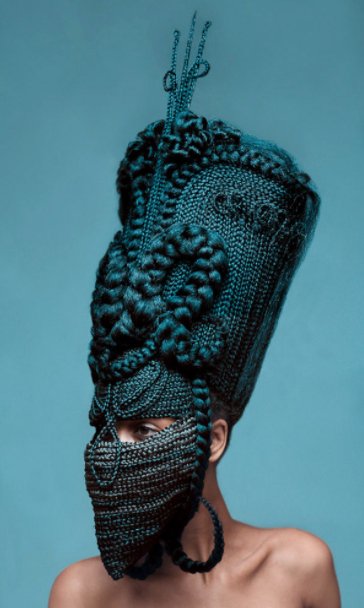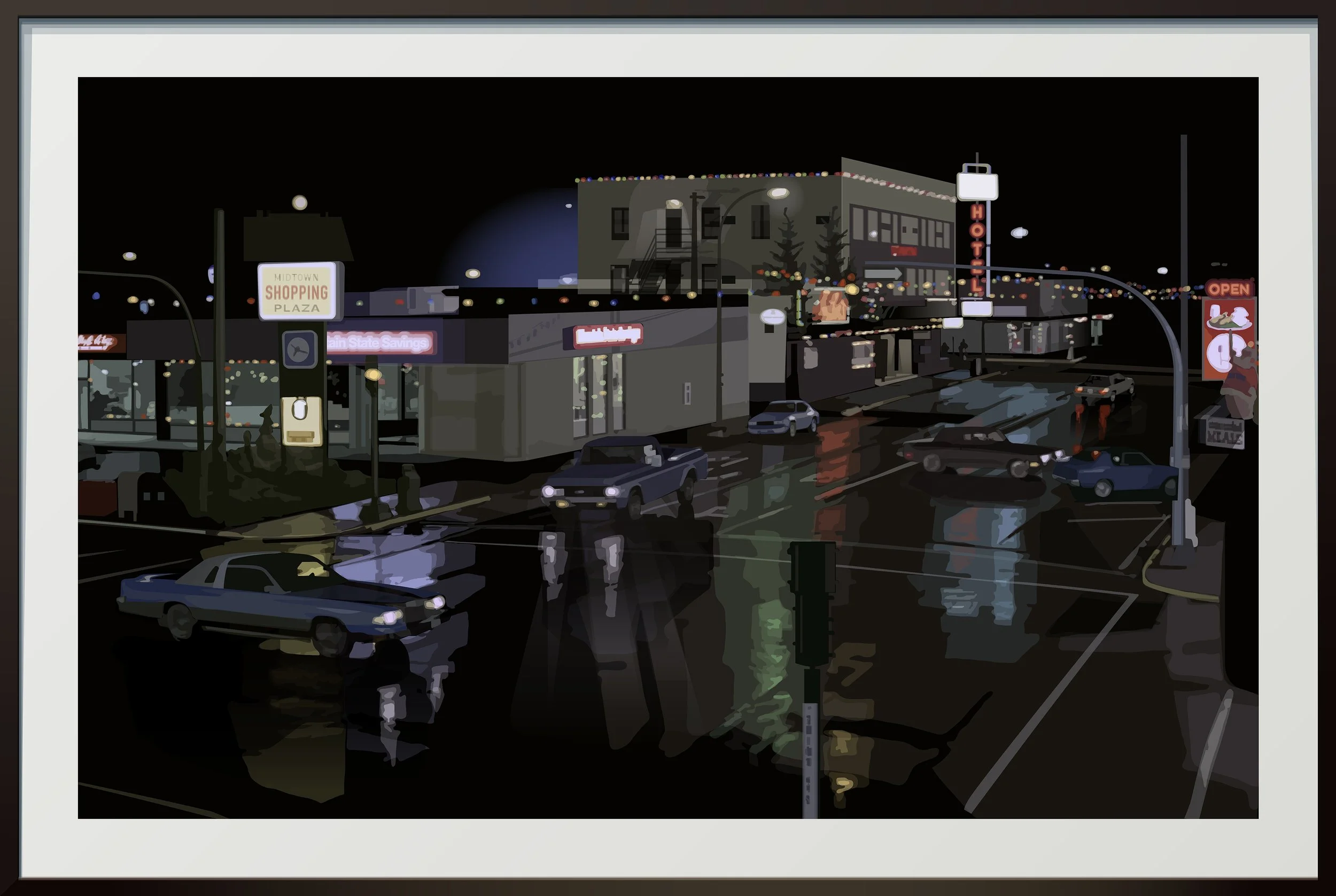Parallel Lines: Jeppe Ugelvig
Torbjorn Rodland ©
Federica Belli The language of photography is still among the most contemporary ones, despite the growing diffusion of other digital arts. Which forms of photography do you find particularly exciting in our time?
Jeppe Ugelvig In our days, many photographic languages just blend together in term of register and form. I don't think art photography or commercial fashion photography are necessarily strict categories anymore – actually, they’re extremely porous. A lot of my research on fashion photography focuses on the conditions of production, dissemination and distribution of images. And I think that's probably where the most noticeable porosity lies, in a sense: systems overlap, with photographers smoothly shifting between gallery exhibitions, magazine work, and advertising. This is quite interesting, because it has not happened for a long time. In the last 20 years we've seen art and fashion kind of move away from each other, especially within photography: professional photography has become more commercial and almost mass cultural, whereas now you're beginning to see a more intimate kind of fusion between genres.
F.B. Yeah, that is happening. And I'm personally very enthusiastic about because in a sense it allows for new languages to emerge. By merging languages the only possible outcome is the birth of something new. And great photography is stemming out of that. As a curator working on projects at the intersection of various creative languages, the pool of talent you evaluate gets even ampler in a way. Which characteristics do you focus on, in the process of selecting the works you curate?
J.U. That differs greatly. My exhibitions are very research oriented, focusing on particular topics: the last one in Beijing was centered around fashion production in China and Southeast Asia with its diasporas, ranging from designers to artists who had made work about fashion, to photographers. Photography is interesting precisely in that regard, because it's a form of representation. It's a form of storytelling, but also a coded space of working as it relates to styling, which through garments relates to beauty. And these topics are extremely interesting when you pair them with, for example, histories of migration, of minorities. And in that sense fashion photography becomes particularly interesting, because it works on these economies isolation, stylisation and glamorisation of subjects that are not usually in that space. So I consider photography as just one medium amongst others, trying to consider mostly how image making and visuality fit into a larger kind of exhibition discourse.
Irving Penn ©
F.B. It's an approach which considers mostly how the languages merge together. And if I understood correctly, you start from the final message you want to get across and then you gather all the necessary ingredients, in a sense. Your curatorial approach varies in many ways. And curating actually is a constantly evolving art, especially with the rise of online exhibitions and the need that we had with COVID to exploit the outdoor spaces. What do you think makes a curator stand out from the others these days?
J.U. The title of curator has lost a lot of its distinctive qualities. Today we have curated feeds, we have curated web shops, we have curated whatever. Curators were very panicky about that when their professional activity was first diffusing into a wider pop-cultural framework, especially with the culture of consumerism and its need for filtering and limiting information. So what makes a good curator? I can't really answer that. It depends exclusively on what the context of each curatorial assignment is. But I am always in favour of exhibitions that produce knowledge, that do more than just promoting talent or products or artworks for sale. I do all I can to explore critical topics and motifs, moving beyond the talent show behind a lot of magazines as well as exhibitions. I think there's enough of that out there.
F.B. For instance, you were mentioning production and diffusion, particularly the politics behind that. Such point is very interesting right now, as many cool projects are stemming precisely from the weird intersection between art and brands. Collaborations are becoming more and more common, and even though they are sponsored by brands, some of them end up actually spreading knowledge on how the company works or what lies behind it. Which future do you see for these proliferations of commissioned art?
J.U. This is not a new thing, it stems from a long history of artists working for brands – dating back to Salvador Dali and Man Ray. It comes and goes in waves. And I think there are always dangers linked to collaborating with brands: these collaborations exist for one reason only, which is to sell and to make a profit. This is the basis of the invitation and I think an artist should realize it when they come in those spaces. That being said, that doesn't mean that's not an interesting scenario. Advertising is incredibly important in visual culture, whether we like it or not. And the interesting collaborations happen when artists are aware of the mechanics of the invitation and the opportunity, so that they can somehow reflect critically on that in the work itself. Instead of just lending their vision to a brand, they can actually reflect on what a brand is. And doing that within one's own practice, that's when it gets extremely exciting because again, that's a kind of knowledge production. And that is something that teaches us something about what advertising is, and what what a brand collaboration is. I'm interested in more critical approaches to collaborations.
Heji Shin ©
F.B. Which is quite rare, given that it's risky both for the brand and for the artist. When a brand draws an artist in, they know that they risk exposing something which might actually have an effect contrary to the one they were predicting; the photographer or artist, on the other hand, risks producing a form of knowledge that is not really in line with what the brand was hoping to show. But it still does happen. And in a sense, the coexistence of the sponsorships and the platforms of social media generates a perfect scenario for a more viral diffusion of art as well. In which ways can such new means affect the content itself of what is going to be created in the close future?
J.U. Social media has emerged in the last ten years only, changing fashions almost entirely. Print publications are barely relevant anymore, at least in the way that they used to be. Images today are distributed almost exclusively through social media, which also produces new forms of value. Essentially, we focus on what catches our attention in the feed, what makes us click, what makes us like, what makes us share. This is, of course, connected to how images were disseminated and floating around in the late 20th century: the cover of magazines. It definitely has changed fashion photography as well, by placing more importance on the need to show something catchy. Beauty for the sake of beauty does not really doesn't really fly on these spaces anymore. In the 2000s fashion photography was conceptual, avant-garde and experimental, but this sort of images don't actually work anymore. Today, we need something much more catchy, either like semiotic puns or celebrities. Otherwise, we'll just scroll past it. And brands can measure everything on social media by way of metrics thus they are becoming specialists in advertising as well. Now that Instagram is winding down and Tik Tok is taking over, again we change, we go into moving image. And whatever comes after Tik Tok will change image apparatus once again. And whether we like this or not, this is extremely interesting to study. What I do is I try to understand it and what it means in terms of production, form and all.










